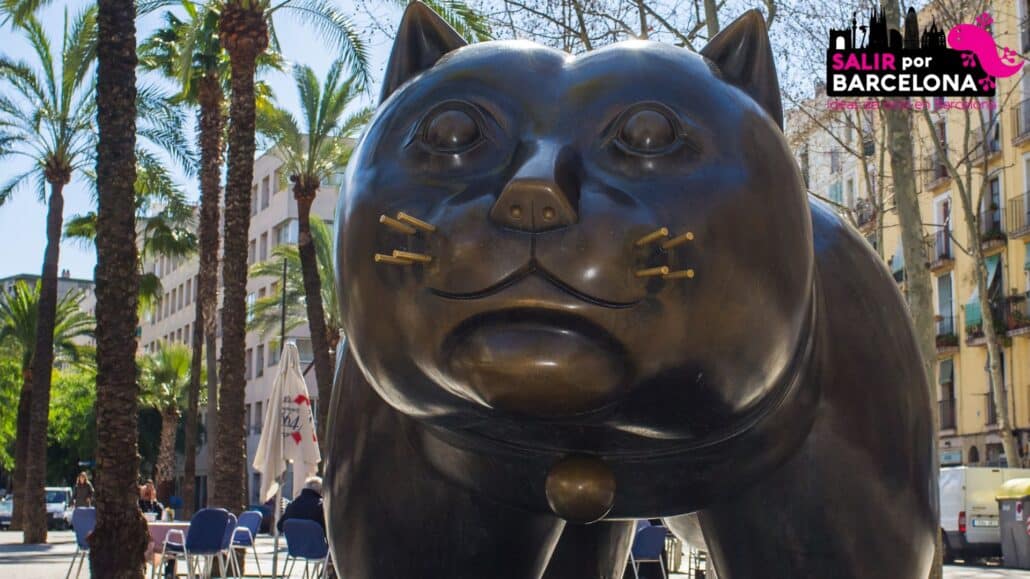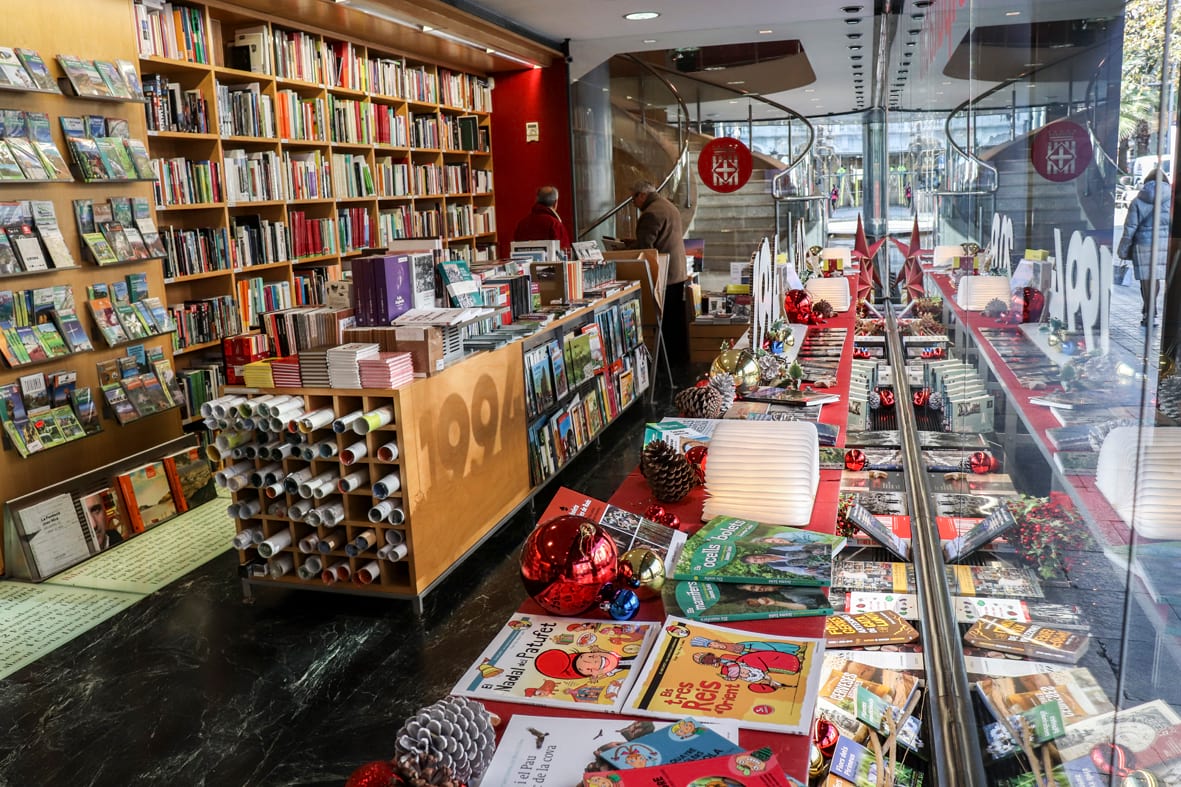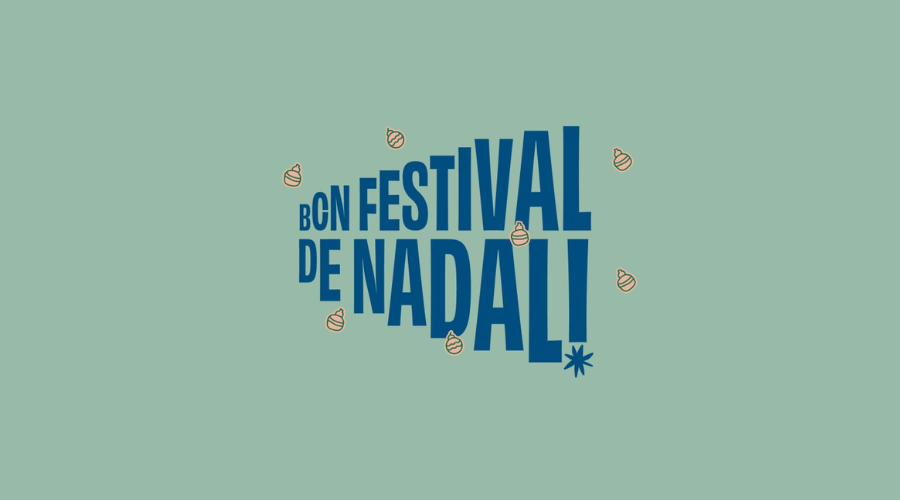Since its arrival in Barcelona, Botero’s Cat has become one of the most recognized emblems of the city. Located on the Rambla del Raval, this bronze feline has captivated tourists and locals alike, becoming a meeting point and a source of pride for the neighborhood. But how did this large cat come to occupy such a special place in the heart of the city? Let’s find out.
 The cat’s journey: from nomad to permanent inhabitant
The cat’s journey: from nomad to permanent inhabitant
The story of Botero’s Cat began in 1987, when the Barcelona City Council decided to acquire this iconic sculpture. However, its journey to a definitive home was long and somewhat tumultuous. The sculpture passed through several locations before finding its current location. First, the cat was installed in Ciutadella Park, surrounded by other animals. Later, during the 1992 Olympic Games, it was moved to the Lluís Companys Olympic Stadium. Despite its spectacular appearance, the cat seemed not to find its place in the world until, in 2003, it was finally placed at the end of the Rambla del Raval. This change resulted in an instant connection with the neighborhood and its inhabitants.
What makes Botero’s cat special?
Botero’s Gato sculpture stands out not only for its size, but also for its unmistakable style. With fateful dimensions of seven meters long, two meters high and another two meters wide, the cat has an air of childishness and friendliness. Its robust and almost cartoonish design always invites people to approach it, touch it and, of course, take a selfie!
The Rambla del Raval cat is orphaned with the death of its sculptor Fernando Botero
This Gato de Botero, although enormous, seems to fit perfectly into the environment of the Raval, a neighborhood that has undergone significant transformations in recent years. From the old and marked stigma that accompanied this area, the Raval has become a vibrant and lively place, where art and culture flow in abundance.
Symbology and meaning
Botero’s Cat is not just a sculpture; it is also a symbol in many ways. It represents a fusion of the traditional and the contemporary, connecting the inhabitants of the Raval with its rich history while celebrating modernity. It has also become a landmark for visitors to the city, who are drawn to its charm and uniqueness.
Espai de gats: Barcelona’s first cat-cafe
The sculpture serves several functions: aesthetic, symbolic and utilitarian. A stroll through the area reveals that circles of people have formed around the cat, families enjoying time outdoors and tourists marveling at its presence.
The work of Fernando Botero
Fernando Botero, the artist behind this iconic sculpture, is known internationally for his distinctive style. His work is characterized by voluminous and exuberant figures, with a playful air that seems to invite us to smile. El Gato is no exception. These features make the sculpture instantly recognizable and somehow eternally youthful. Botero is a master in the use of bronze, a material he has wielded with great skill throughout his career. Bronze, which has been a classic in the world of sculpture, is prized for its durability and beauty. For him, it is almost a personal hallmark. Botero’s Gato benefits from these properties, which ensures its longevity in the public space, preserving its splendor for many years to come.
Interaction with the public
One of the most fascinating things about Botero’s Cat is the way it has interacted with the public over the years. Lao people have started a cult around the sculpture, which is so appealing to the younger ones. For many, this figure has become a fundamental part of their memories when visiting Barcelona. Children play around it, while adults find in it a space for reflection. Who has not looked for that special place in an unknown city? The cat has been able to be that refuge, that symbol of encounter. As a curious fact, at the beginning not everyone received the Cat with open arms. Some considered it an artistic cheek, while others criticized its design. However, over time, the love for this sculpture has grown, recognizing its uniqueness as a cultural pillar of the city.
A symbol in constant evolution
Over the years, Botero’s Cat has left its mark on the history of Barcelona. It has earned its place as a work of contemporary art in the midst of a city of contrasts. It also serves as a reminder of the importance of art in public life. Every day, the cat watches as new people come to discover it. The stories, laughter and snapshots he captures add layers to his already rich history. He is a true witness to time and a symbol of Barcelona today.
More than a sculpture
Botero’s Cat has become more than a sculpture; it is an essential piece of Barcelona’s identity. Its evolution from a wandering nomad to a beloved neighbor reflects both the diversity of Barcelona and the ability of art to bring people together. Without a doubt, the sculpture has found its home and has become an indispensable element in the city’s narrative.



